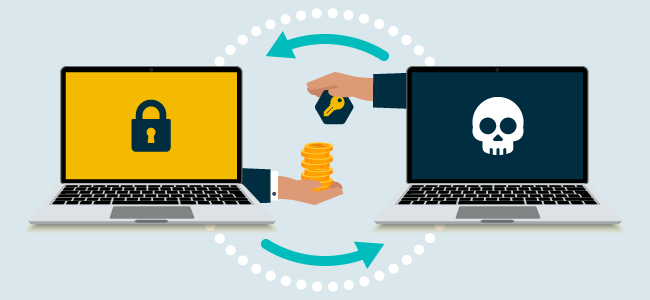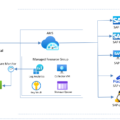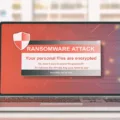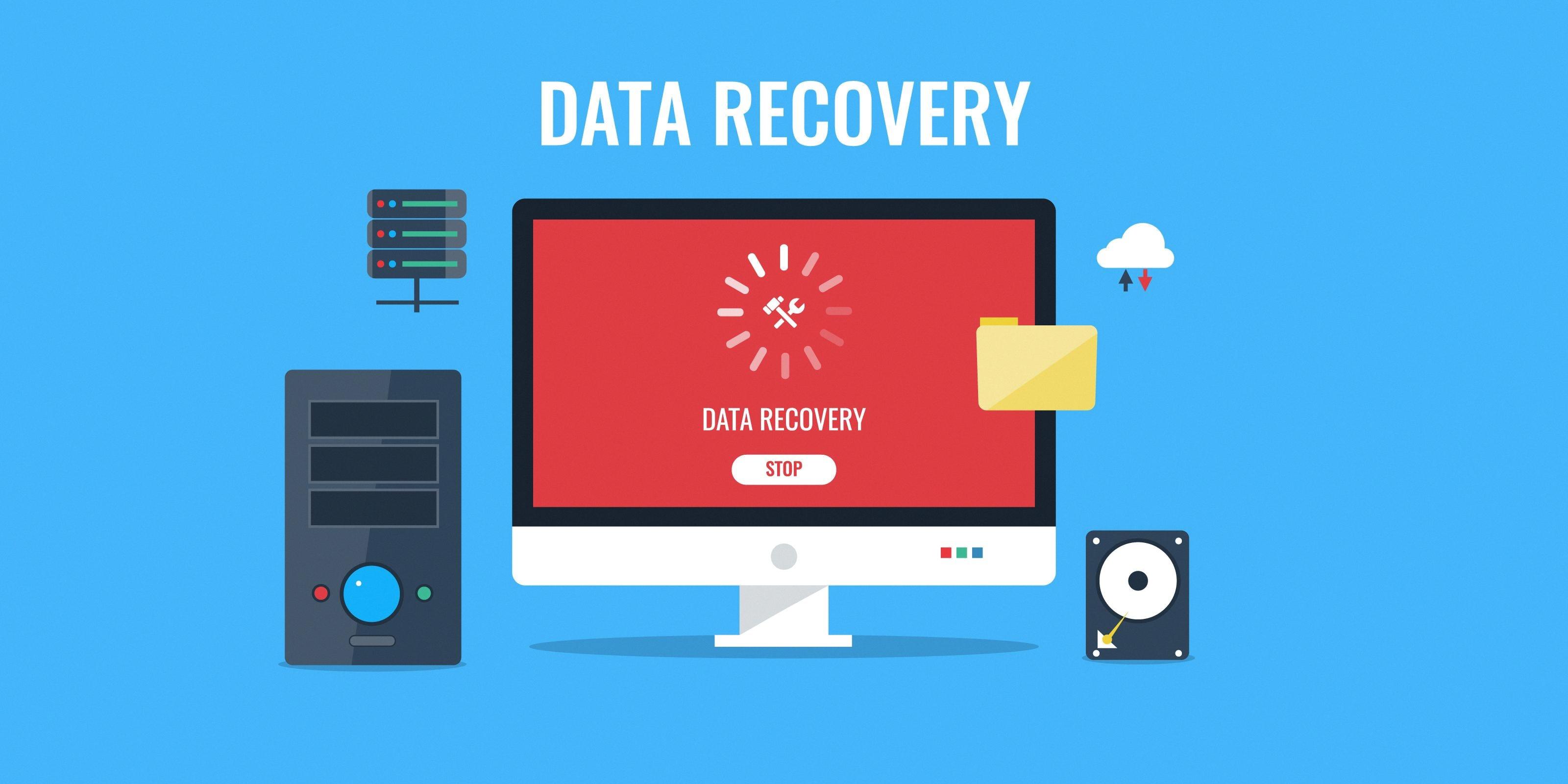When it comes to protecting your data from ransomware attacks, backups are essential. But if your backups are stored online or on-site, they can be just as vulnerable to ransomware as the rest of your data. To ensure that you have a secure backup in place and protect yourself against ransomware, here are seven steps you can take:
1. Encrypt Your Backups: Encryption is one of the most important steps you can take to protect your backups from ransomware. It ensures that even if the backup is stolen or infected, it cannot be used to extort money or steal confidential data. Make sure you use strong encryption standards and store encryption keys securely.
2. Use Third-Party Key Management: Key management is one of the most important aspects of securing encrypted backups because it determines who has access to the encryption keys and how those keys are stored. Consider using a third-party key management service to keep your encryption keys safe from attackers.
3. Don’t Store Backups as Files: Storing your backups as files make them vulnerable to attack by ransomware because files can easily be targeted and encrypted by malicious software. Instead, consider storing your backups in an image format so they cannot be targeted by ransomware attackers.
4. Store Backups on Different Operating Systems: Another way to protect against ransomware attacks is to store backups on a different operating system than the one running on your main server or computer network. This ensures that if one system is compromised, the other remains safe from attack and can be used for restoring data if necessary.
5. Use Immutable On-Premises Storage: Immutable storage prevents files from being changed or deleted after they have been stored — making them immune to attack by ransomware attackers who rely on changing or deleting files in order to extort money from victims. Consider using an immutable storage solution for your on-premise backups so that they remain safe even if other systems are compromised.
6 Create a Copy on Immutable Cloud Storage: Cloud storage is convenient but also carries some risk because cloud providers may not secure their systems adequately enough against attack by cybercriminals who want access to sensitive data like customer records and financial information stored in the cloud environment.. To minimize this risk, create a copy of your backup data on immutable cloud storage so that even if hackers breach the cloud provider’s security, they will not be able to change or delete any files stored there — protecting them from attack by ransomware attackers as well as other cybercriminals looking for sensitive information stored in the cloud environment..
7 Monitor Your Backup System Regularly: Finally, it’s important that you monitor your backup system regularly in order to ensure that it is always working properly — including making sure all files have been backed up correctly and are up-to-date with current versions.. Monitoring also helps identify any issues quickly so that you can take action before a problem becomes too large for you alone to handle..
By following these tips, you can protect yourself against ransomware attacks and keep all of your vital information safe and secure — no matter where it’s stored.. If you need help implementing any of these recommendations or would like more advice about protecting against malware threats like ransomware in general, contact an experienced IT security consultant today..

Protecting Backups Against Ransomware
Backups are one of the most important tools to protect against ransomware attacks. By creating a copy of your data, you can restore it if an attack occurs, reducing the damage and disruption caused by ransomware. To ensure your backups are secure from ransomware, they should be stored both on-site and off-site. On-site backups can be quickly accessed in the event of an attack, while off-site backups provide additional protection against any malicious software that might be present on the local network.
To further protect your backups from ransomware, they should be stored in a separate environment from the one being used for regular operations. This ensures that any malicious software is prevented from reaching the backup files. Additionally, it’s important to regularly check these backups to make sure they are up to date and not infected with malware. Finally, it’s best practice to use different types of backup methods (e.g., file-level and image-level) and store them on different media (e.g., tape or hard drive). This reduces the chances of a successful attack compromising all of your data at once.
Are Backups Protected From Ransomware?
Backups are a critical line of defense against ransomware attacks and can be made safer with the right approach. To ensure protection from ransomware, it is important to store backups in a secure location that is not connected to your primary network. Cloud-based backups can be secured with strong encryption, such as Advanced Encryption Standard (AES) 256-bit encryption, and monitoring systems should be in place to detect suspicious activity. Properly configured backup solutions should also include frequent offsite storage of data backups, so even if the primary data or online backup is compromised, the offsite backups remain safe. Additionally, it is important to implement regular backup testing so any corrupted files can be identified and replaced with an uncorrupted versions.
Protecting Backup Data
Protecting your backup data is an important step to ensure the security and integrity of your data. Here are seven steps to ensure your backups are secure:
1. Encrypt backups: This helps protect the data from unauthorized access and keeps it secure for when it’s needed. Make sure to use a strong encryption algorithm and keys, and keep the encryption keys secure.
2. Use third-party key management: You should use a third-party key management system to securely store the encryption keys and provide access when needed.
3. Don’t store backups as files: Avoid storing backups in plaintext formats, as they can be easily compromised. Instead, store them in an encrypted format.
4. Store backups on a different operating system: This adds an extra layer of security, as any malicious software will have difficulty infecting both systems at once.
5. Use immutable on-premises storage: Immutable storage means that no changes can be made to the stored data, which makes it difficult for attackers to modify or delete any information stored there.
6. Create a copy of immutable cloud storage: Storing a copy of your backup data in the cloud has its own set of benefits, including additional security due to the immutability of cloud storage services like Amazon S3 or Microsoft Azure Blob Storage.
7. Implement regular testing and auditing: Regularly testing and auditing your backup process is essential for ensuring its effectiveness in protecting your data against threats and vulnerabilities.
Can Ransomware Delete Backups?
Yes, ransomware can delete backups. Since a backup is typically stored on a network-facing storage device or server, it’s vulnerable to being accessed and corrupted by ransomware. If the system that holds the backups is infected with ransomware, the malicious software can encrypt or delete your data. To prevent this from happening, it’s important to ensure that all backups are securely stored offsite and away from any local networks. Additionally, you should take extra precautions such as implementing strong authentication protocols and regularly scanning for malware on the system where your backups are stored.
Good Security Practices for Backups
Good security practice with backups includes regularly testing your backups to ensure everything is being backed up properly, storing your backups in a secure location that is protected from physical and digital threats, encrypting your backups for added protection, keeping multiple copies of the same backup in different locations, and regularly updating your backup software to the latest version. Additionally, you should use a secure connection when transferring data from one device to another. It is also important to document any changes made to the data stored in your backups so that you can quickly restore it if needed.
The Ineffectiveness of System Backups in Protecting Against Ransomware
System backups no longer shield against ransomware because backup systems have become a target for ransomware attacks. Ransomware is designed to encrypt endpoint data, which prevents recovery, and attackers are now targeting backup systems. As a result, backups can no longer protect against cybercrime because they are susceptible to encryption.
To defend against ransomware, organizations should take proactive steps such as patching vulnerabilities and implementing user access controls. Additionally, organizations should use anti-virus software to detect and remove malicious code before it can cause damage. Finally, even with these measures in place, organizations should consider keeping a copy of their data offsite or in the cloud for additional protection.
The 3-2-1 Backup Rule and Ransomware
The 3-2-1 backup rule is a simple yet effective way to protect yourself from ransomware, as well as other data loss disasters. The rule states that you should keep three copies of your data—one primary and two backups—with two copies stored locally on two formats (network-attached storage, tape, or local drive) and one copy stored offsite in the cloud or secure storage. By having three copies of your data on multiple mediums and locations, you can help ensure that your data will remain safe even if something happens to one of the sources. Additionally, when creating your backups, it’s important to ensure that they are encrypted so that malicious actors cannot access them in the event of a ransomware attack. Following the 3-2-1 backup rule will give you peace of mind knowing that your data is backed up and secure from malicious attacks.
Ensuring Backups Stay Ransomware Free
The most reliable method to ensure backups stay ransomware free is to use a combination of both replication and data deduplication. Replication is the process of creating a duplicate copy of your data in a separate location, usually offsite. This ensures that if your original data becomes corrupted or encrypted by ransomware, you still have an uncorrupted copy to restore from. Data deduplication is the process of removing redundant information from backups and storing only the unique data. By eliminating duplicate files, you can reduce the amount of storage space needed for backups and also improve the speed with which they can be restored. Together, these two methods can provide an effective way to protect against ransomware attacks while minimizing storage costs and recovery times.
Can Backups Be Vulnerable to Hacking?
Yes, backups can be hacked. Hackers can use the APIs associated with backup software to access and manipulate the data stored in a backup. They can also use these APIs to encrypt or corrupt existing backups. As such, it is important for organizations to take measures to ensure that their backup solutions are properly secured and protected from malicious actors. This includes restricting access to the APIs, implementing authentication protocols, and ensuring that all system updates are kept up-to-date. Additionally, organizations should monitor their backups and be aware of any suspicious activity on their systems.
Does Cloud Backup Provide Protection Against Ransomware?
Yes, cloud backup can help protect your company from ransomware attacks. Cloud backups provide an additional layer of protection by keeping a copy of your data off-site in a secure environment. By restoring your system from the cloud backup, you can avoid having to pay any ransom or losing any data. Furthermore, many cloud backup solutions come with extra security features such as encryption and monitoring that can help detect and prevent ransomware attacks before they happen.
Can Backups Be Infected by Malware?
Yes, malware can infect backups. As with any other electronic data, a backup can be compromised by malicious software, such as ransomware. Backup files may be vulnerable to infection if they are stored on the same network as the original data or if they are not updated regularly. Furthermore, if the backup system is not properly configured and secured, it may be possible for malicious software to gain access to it.
Ransomware infections occur when the malicious software encrypts an individual’s or an organization’s data and then demands payment in order to unlock it. Backup data can become infected in several ways, including through phishing emails containing malicious attachments or links, by exploiting vulnerabilities in outdated applications or operating systems, and even by being manually installed on a system by a user.
In order to protect your backups from ransomware infections, it is important to ensure that your security measures are up-to-date and that you have implemented measures such as regular backups and dual authentication for accessing the system. Additionally, you should make sure that all of your systems are fully patched against known vulnerabilities and use anti-malware tools to regularly scan for suspicious activity.
Conclusion
To protect your backups from ransomware attacks, it is essential to ensure that your data is secure and protected. Encrypting backups, using third-party key management, storing backups as objects rather than files, using different operating systems for backup storage, using on-premises immutable storage, and creating a copy on an immutable cloud storage are all effective ways of safeguarding data. Additionally, any network-facing backup storage should be monitored to reduce the risk of attack. By taking the necessary precautions and utilizing these security measures, organizations can better protect their backups from ransomware attacks.








